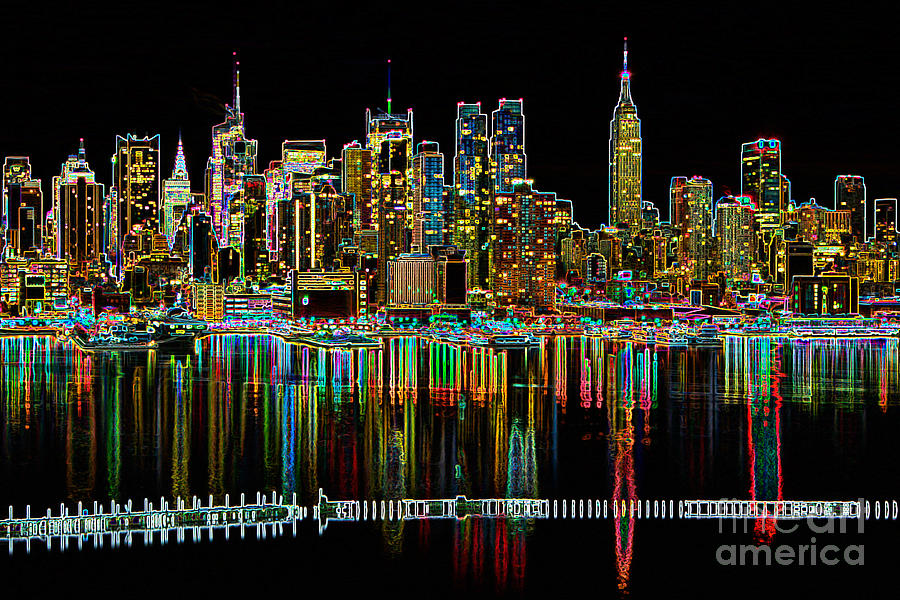

With the beauty of the San Francisco Bay and the Pacific serving as a backdrop, the Transamerica Pyramid is thought by many some to be the most striking and building in the city. In addition to the Golden Gate, this world class city offers other buildings and edifices that are unique to the skyline. San Francisco is known all over the world great architectural achievements like the Golden Gate Bridge. With constant innovations in photographic technology, the science and art of capturing nighttime skyline and cityscape panoramas was propelled forward. Electricity forever changed the look and feel of the urban landscape, providing photographers with an entirely new artistic perspective. Because of the limitations of available light, early skyline panoramas were produced using daylight images. In the early years of photography, making use of the available lighting was critical to producing a quality image. None the less, artists adapted to this new technology and photographers took advantage of the city skyline genre. The art of creating panoramas was once a very cumbersome and time consuming process. All manner of architecture such as bridges and fountains have been well documented in photographic works.

Photographers have since employed photographic technology to capture, for all time, the worlds great cities. Since the early eighteen hundreds, artists have embraced this medium. The invention of photography completely changed how people viewed the world around them. Panoramic images that took in the breadth of what the artist saw created a strong demand for these wide angle works of art. Using watercolor, oil paints, ink and charcoal drawings and of great cities have long been valued among collectors. The architecture of cities has long been a popular subject for artists. City skylines can be seen in many popular panoramic images. Many cities are easily recognizable by prominent buildings and other structures. It was once written that the great cities of the world have great skylines.


 0 kommentar(er)
0 kommentar(er)
